Are Luxury Watches Really Sustainable Or Just Clever Marketing?
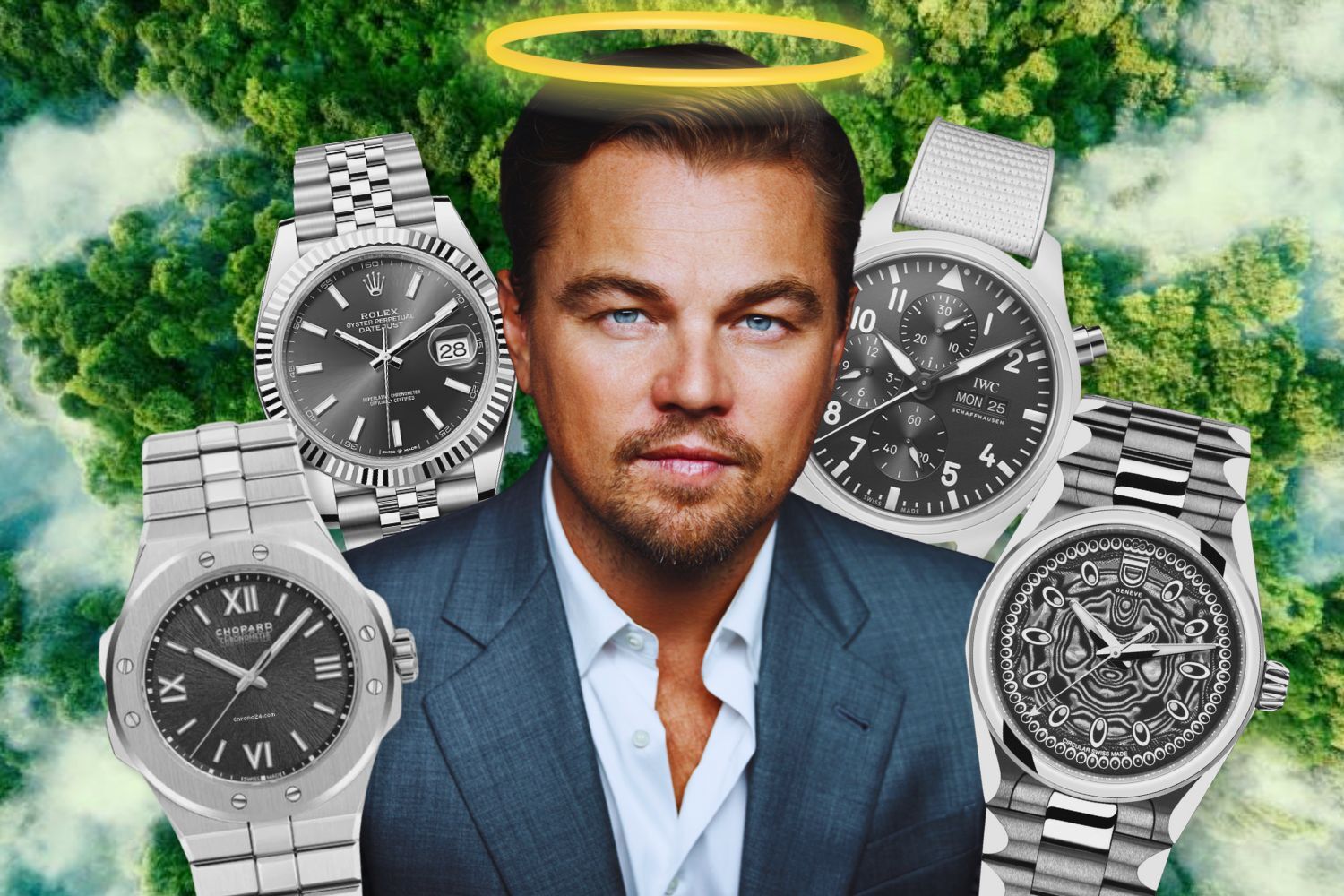
- Luxury watch brands are using recycled steel, ethical gold, and bio-based straps, but only a few are making systemic change.
- IWC and Chopard lead the industry with transparent sustainability strategies, while others are innovating at the edges.
- The industry isn’t a major polluter, but with high margins and influence, it has a responsibility to set the standard.
Sustainability is the latest accessory for the luxury world. Every brand wants to look like it cares: Fashion labels are talking circularity; car companies are plugging into electric futures; and now watchmakers are greening out trying to reuse the same material over and over again.
Across the board, we’re seeing luxury watch brands introducing recycled steel, bio straps, and “ethical gold” to their contemporary releases. But behind the buzzwords and beautifully lit macro shots, you have to ask… is any of this actually doing anything for the planet? Or is it just another story we’re meant to spin to justify the price?
The Rise of Recycled Luxury
Let’s start with what’s being claimed. Whilst some watch brands are talking about full-blown eco revolutions, others are quietly tweaking things under the radar.
The materials list is growing fast: recycled steel, reused titanium, mushroom leather, plant-based straps, cactus rubber, the works. It’s all well and good looking at ways of reducing the environmental impact of the industry, but never to the detriment of the product.
Chopard’s Leading the Way
Among all the big luxury players, Chopard stands out as the one actually walking the walk. The family-owned Swiss Maison, synonymous with European hedonism and high-end jewellery during the 20th century, has spent the better part of a decade quietly rebuilding its reputation around something rare in luxury circles: responsibility.

It started back in 2013 with their “Journey to Sustainable Luxury” and snowballed into a full transformation. By 2018, Chopard committed to using 100 percent ethical gold, either Fairmined, Fairtrade or recycled, across all its watch and jewellery collections. But the big story is steel.
In 2019, Chopard introduced Lucent Steel™, a proprietary alloy made using recycled materials sourced within a 1000-kilometre radius of the brand’s Swiss manufacturing base.
It’s more scratch-resistant than standard stainless steel, has a hypoallergenic finish, and crucially, carries a significantly reduced carbon footprint. It first appeared in the Alpine Eagle: a collection that has come to embody Chopard’s modern era of luxury that looks forward, not back.
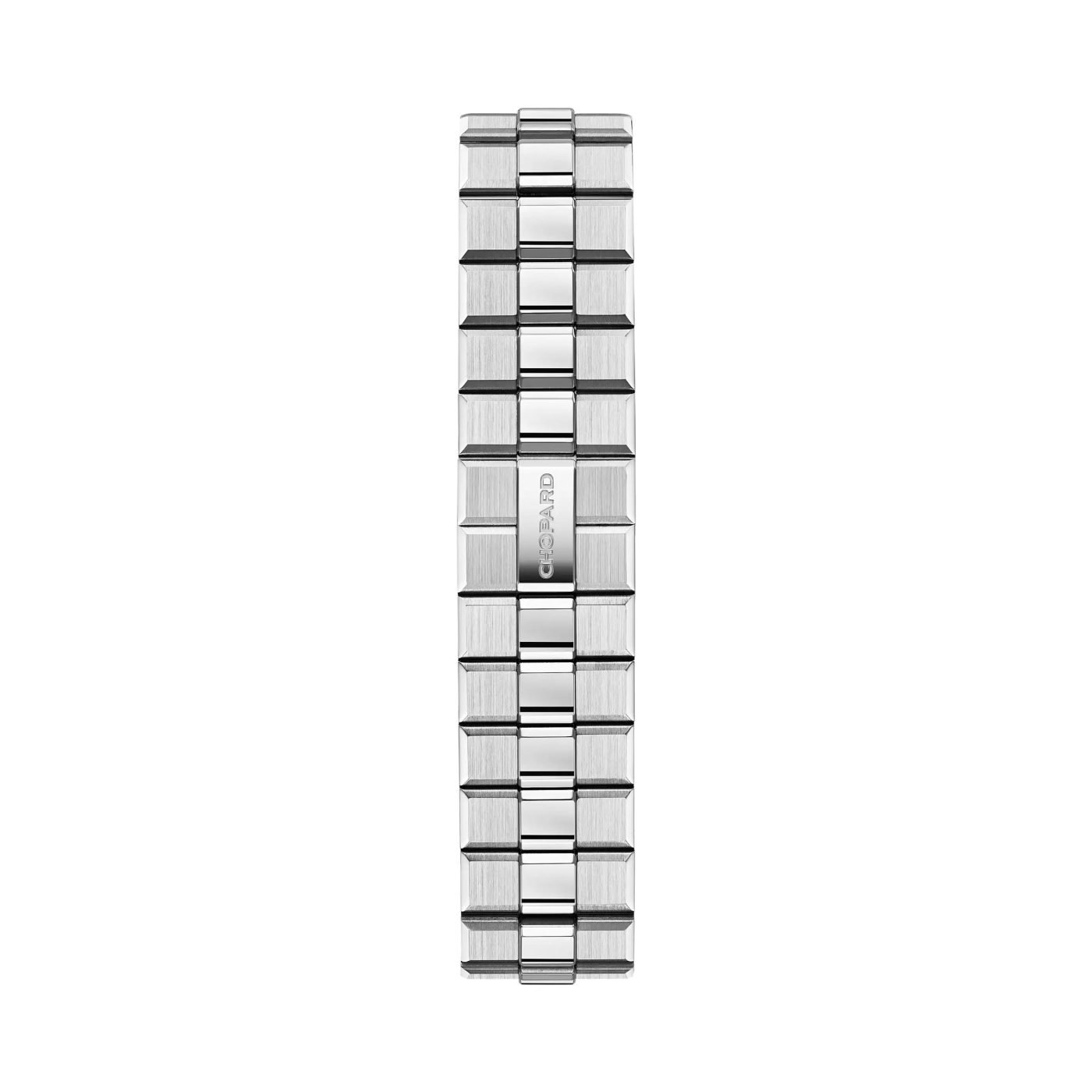
It’s reflective of the Scheufele family’s broader ethos to champion circular manufacturing, localised supply chains, and sustainable design long before ESG reporting became the buzzword of the day. It’s why the Alpine Eagle continues to be one of our favourite modern releases.
IWC: Actually Doing The Work
If Chopard is luxury’s quiet eco innovator, IWC Schaffhausen is its data-driven workhorse, as it’s one of the few Swiss luxury brands that publishes a full sustainability report, without even being prompted.
Instead of just talking about goals and agendas for future causes, IWC will go ahead and send the numbers, dates, and actual science to your inbox if you asked.

They’ve been at this for over a decade, looking at more than just a single product line or one strap material to meet their goals, but completely reimagining how each of its watches are sourced and built, and how the Schaffhausen manufacture is powered.
They’ve developed straps like TimberTex and MiraTex that feel almost like leather but come from plants and biodegradable fibres. They also make use of Ceratanium, a kind of metal ceramic hybrid that’s durable, lightweight and easier on the planet to produce. Even their factory in Schaffhausen runs on 97% renewable energy with hybrid heating and cooling that taps into local groundwater and biogas.
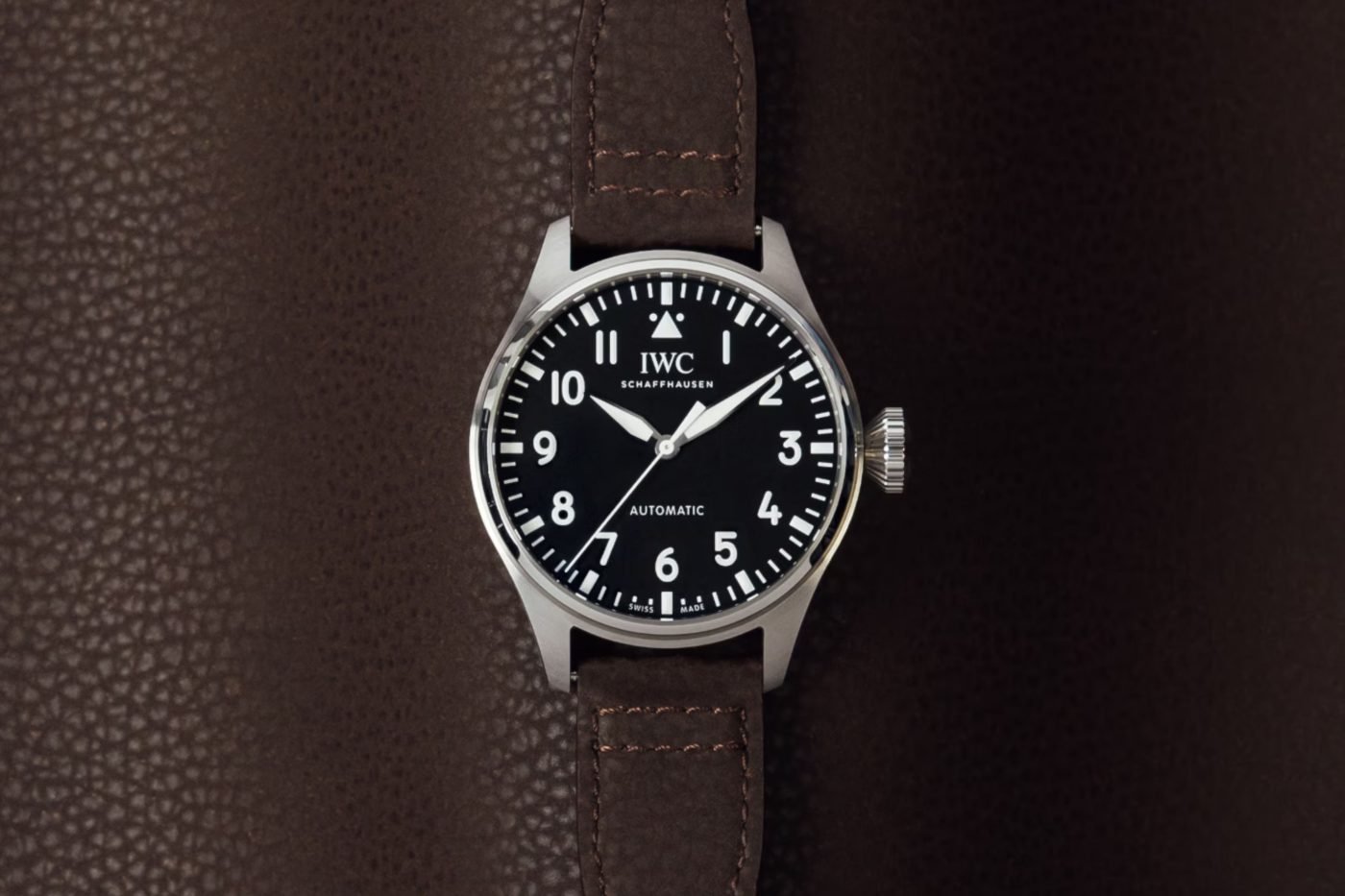
They also source recycled gold from low impact refineries, which makes a difference when you remember how destructive gold mining is for the environment. The gold in your Big Pilot might have once been a wedding ring. Or a pirate’s tooth. Who knows.
Breitling, Panerai And The Steel Question
Panerai has been experimenting with sustainability in ways that put most heritage brands to shame. Their Submersible eLAB-ID was a game-changer, built with 98.6% recycled materials, showing just how far you could take eco-conscious watchmaking if you ditched the excuses.
Everything from the titanium case to the silicon movement parts was reclaimed or recycled. They’re also refreshingly transparent about their sourcing, which is rare in this space. The only catch here is you can’t buy one. It’s still a lab concept, not a product line. But the R&D is legit, and it’s already shaping their future collections.
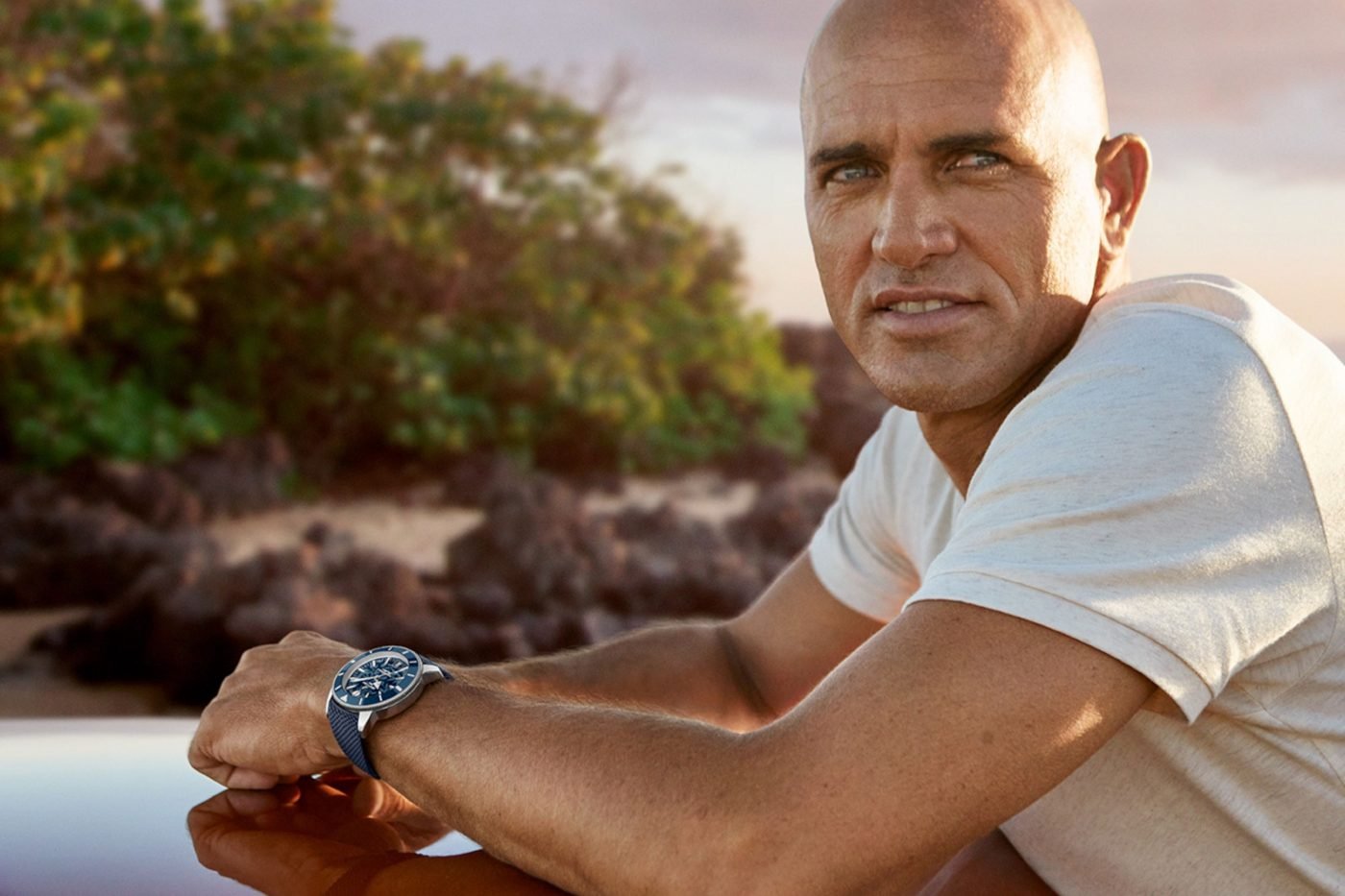
Breitling, on the other hand, is playing a quieter game, but don’t mistake that for inaction. The Swiss luxury brand was one of the first brands to roll out Econyl straps, made from recycled fishing nets, and they did it across real collections: the Superocean and the Endurance Pro.
The recent Superocean Heritage B31 Edition, designed with (and for) Kelly Slater, reflected where Breitling is headed: recycled rubber straps, responsibly sourced materials, production powered by renewables, ethical gold sourcing, and recycled case materials. The transparency isn’t at IWC’s level yet, but the intent is clear, and they’re doing it at a scale that could actually matter.
The Smaller Players Making Bigger Moves
If you really want to see what circular watchmaking looks like, you need to look at the startups.
ID Genève is a great example, going all in on sustainable design that utilises recycled steel, vegan straps, even reused mechanical movements. No greenwashing. No fluff. Just conscious manufacturing backed by a sustainability scientist and Leonardo DiCaprio’s Titanic royalties.

Oris, meanwhile, became climate neutral in 2021 and continues to use things like upcycled fishing gear in its packaging and product lines. It’s rather poignant to see the smaller brands acting with intent at this level. It should be enough for the bigger players in this industry to look at their impact.
Reality Check: Is Sustainability Helping?
The honest answer is… a little bit, but not enough to move the needle. Recycled steel does reduce the need for new mining and bio straps are better for the environment than animal leather. But these things still live in a luxury bubble.
Swiss watchmakers produce around 25 million watches a year. Globally, we’re talking more than a billion units across all categories. The luxury slice of that pie is tiny. So even if every high end brand went fully green tomorrow, it wouldn’t touch the emissions of fast fashion or fossil fuels. That’s not to say it’s pointless. It’s just perspective.
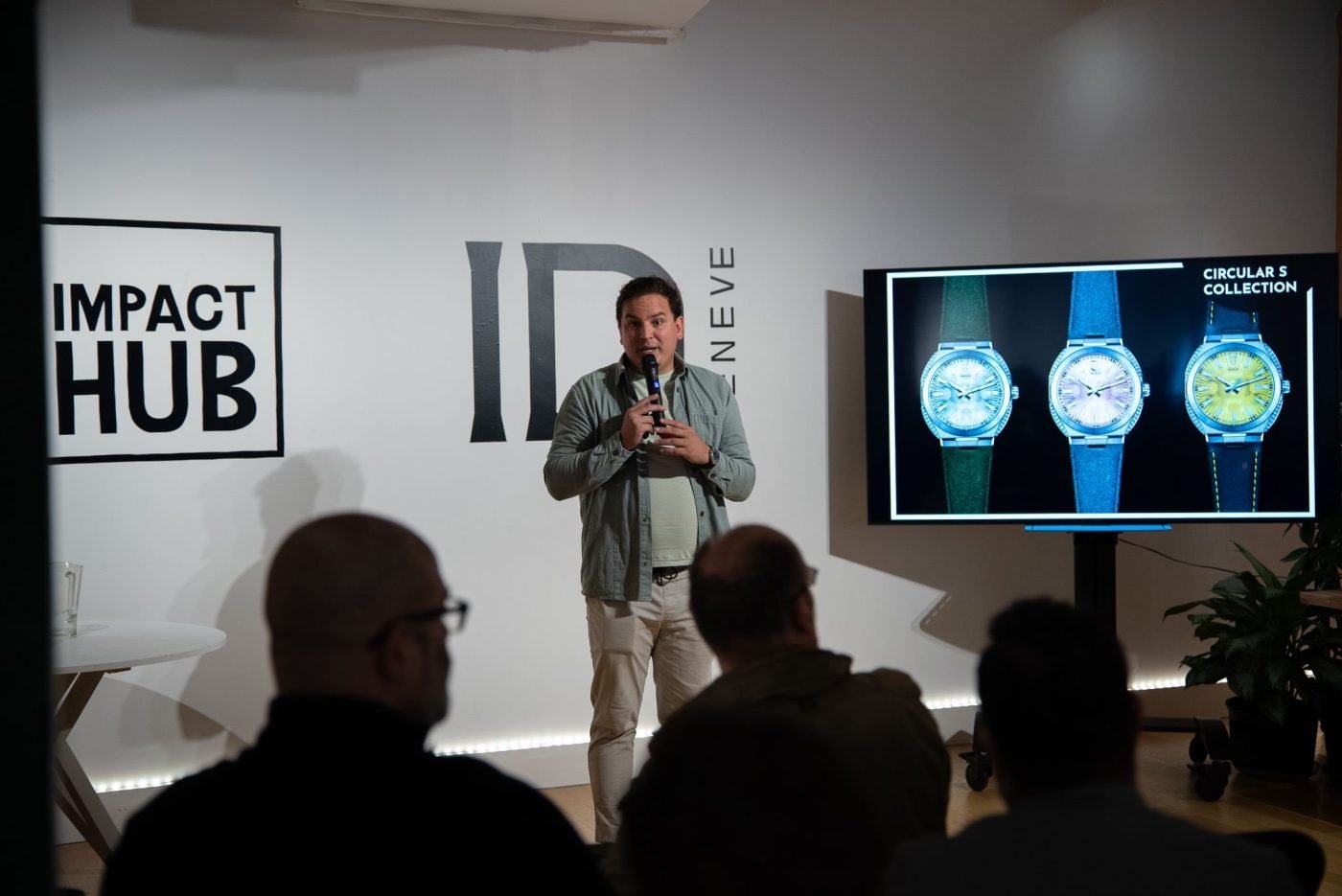
The more important question might be whether these small steps influence consumer behaviour. If luxury buyers start expecting recycled gold, clean supply chains and biodegradable straps, then the pressure on mass brands will follow.
That’s where the impact gets interesting, because right now, you’d struggle to find any luxury buyer interested in a tourbillon made of hemp.
Is It Greenwashing?
Sometimes. Let’s not kid ourselves. There’s a fair bit of vague language floating around: “eco conscious”, “responsibly sourced”, “sustainable luxury”. Brands love these terms because they sound good and mean very little. Without data, without reports, and without third-party verification, it’s all fluff.
Some brands don’t even pretend. Rolex is still largely silent on this front. There’s no sustainability strategy on their site, no commitments, no mention of recycled anything. Maybe they’re working on it behind the scenes, but they haven’t published anything since 2023. Maybe they don’t need to. When you’re already the biggest name in the game, pressure doesn’t come from below.
So What’s The DMARGE Verdict?
Look, there’s no question that the conversation around sustainability in watches is changing. Ten years ago, nobody cared. Today, we’ve got Lucent Steel, bio straps, recycled packaging, and entire collections made from waste. That’s a progress in a 200-year-old industry.
Compared to fast fashion, aviation, or oil, the luxury watch industry isn’t a top-tier polluter, but that doesn’t mean it gets a free pass… especially given its premium margins and influence.
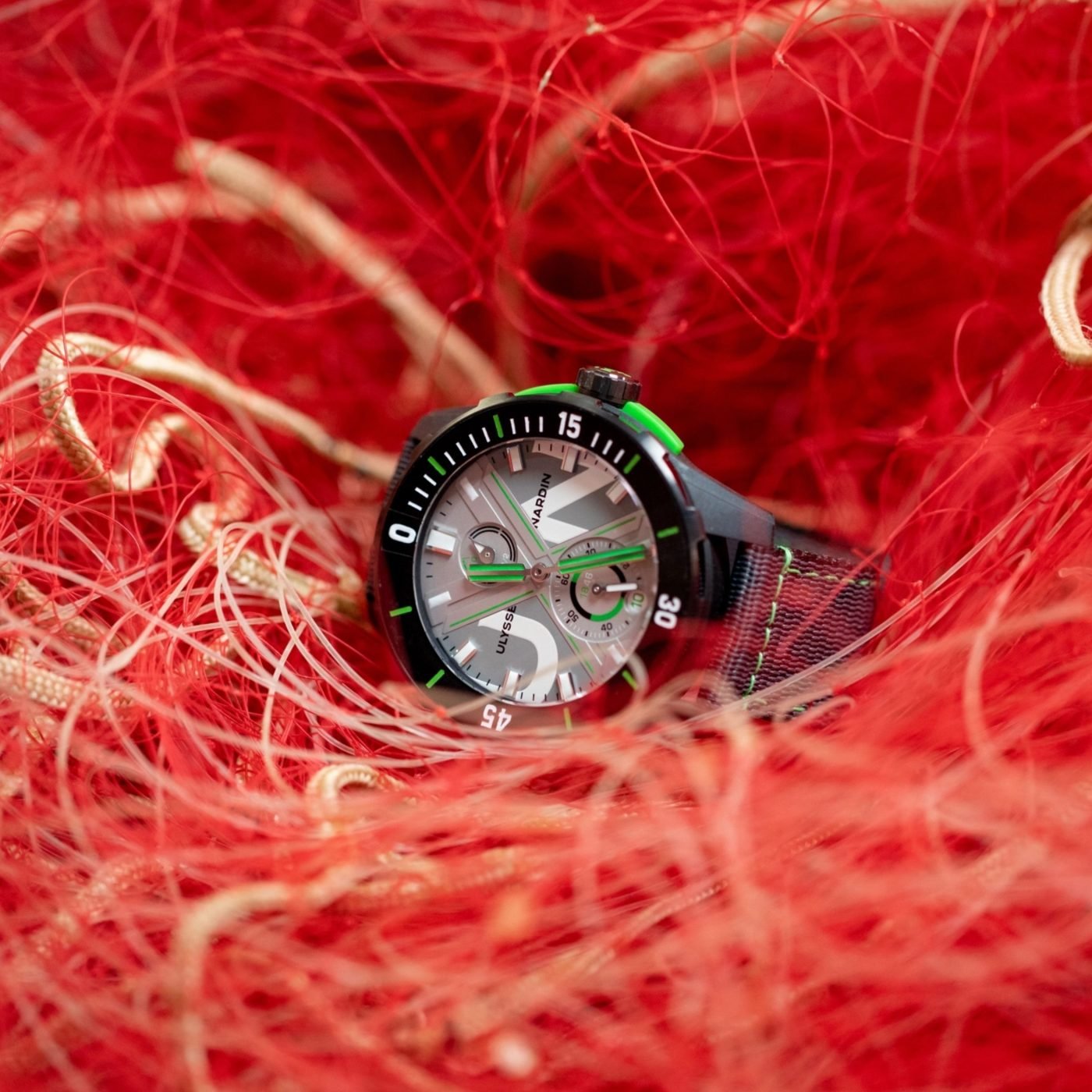
But if you’re buying a luxury watch because you think it’ll offset your carbon footprint, you’re dreaming. These aren’t impact pieces, they’re signals. Statements to your boss and your mates down the pub. And in that sense, choosing a more sustainable watch still counts for something. Especially if enough people do it.
Brands like IWC, Chopard, Oris, and ID Genève are showing that luxury watchmaking has a disproportionate opportunity, and responsibility, to lead by example. They’re not perfect, but they’re building the blueprint for future generations to adopt and improve.
At the end of the day, you’re not saving the planet by buying a recycled steel dive watch. But you might help shift the culture. And in an industry obsessed with legacy, that’s exactly where change starts.